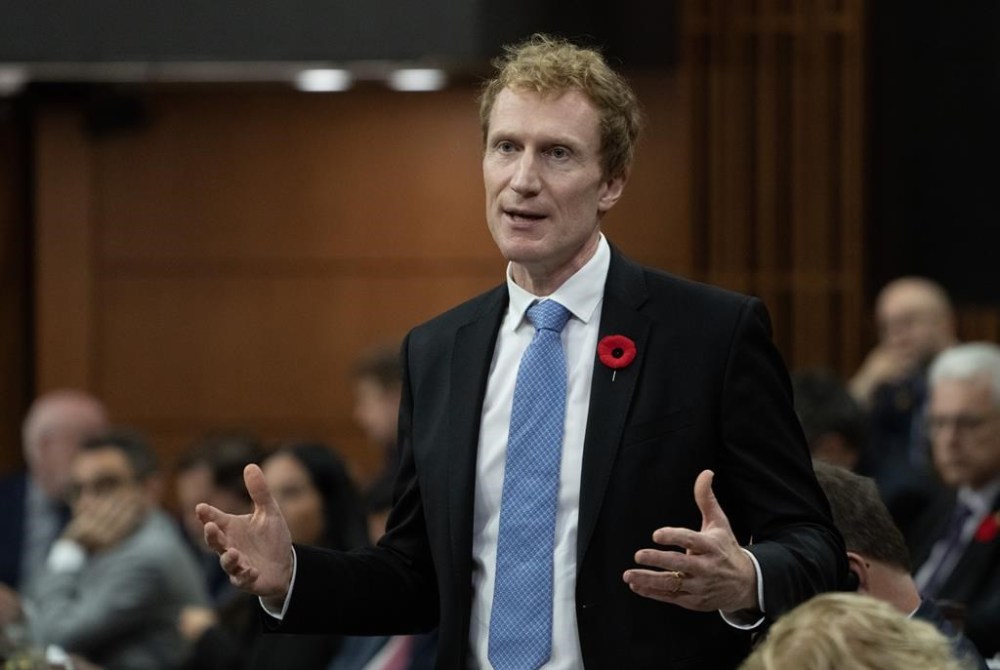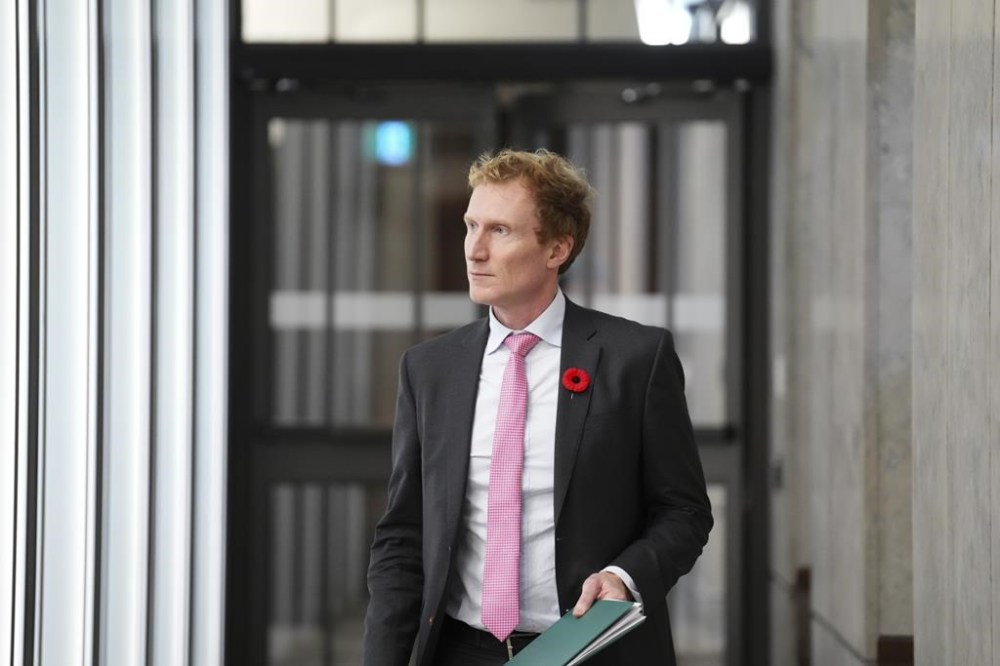Federal government to level out number of new permanent residents in Canada in 2026
Advertisement
Read this article for free:
or
Already have an account? Log in here »
To continue reading, please subscribe:
Monthly Digital Subscription
$0 for the first 4 weeks*
- Enjoy unlimited reading on winnipegfreepress.com
- Read the E-Edition, our digital replica newspaper
- Access News Break, our award-winning app
- Play interactive puzzles
*No charge for 4 weeks then price increases to the regular rate of $19.00 plus GST every four weeks. Offer available to new and qualified returning subscribers only. Cancel any time.
Monthly Digital Subscription
$4.75/week*
- Enjoy unlimited reading on winnipegfreepress.com
- Read the E-Edition, our digital replica newspaper
- Access News Break, our award-winning app
- Play interactive puzzles
*Billed as $19 plus GST every four weeks. Cancel any time.
To continue reading, please subscribe:
Add Free Press access to your Brandon Sun subscription for only an additional
$1 for the first 4 weeks*
*Your next subscription payment will increase by $1.00 and you will be charged $16.99 plus GST for four weeks. After four weeks, your payment will increase to $23.99 plus GST every four weeks.
Read unlimited articles for free today:
or
Already have an account? Log in here »
Hey there, time traveller!
This article was published 01/11/2023 (744 days ago), so information in it may no longer be current.
OTTAWA – The federal government plans to level out the number of new permanent residents to Canada in 2026 in reaction to a crunch on housing and other services, the immigration minister announced Wednesday.
Immigration Minister Marc Miller tabled new targets for the next three years in Parliament, calling for the number of new permanent residents to hold steady at 500,000 in 2026.
The plans show that the targets for 2024 and 2025 will increase as planned to 485,000 and 500,000, respectively.

The Liberals have aggressively increased their targets over the past several years, and surpassed records for the number of permanent residents admitted in a year in both 2021 and 2022.
Those increases have come under increasing scrutiny, as the government has faced greater pressure to address a national lack of available and affordable housing.
Miller said those concerns are balanced against the contributions immigrants make to Canada’s economic growth and labour market.
“These immigration levels will help set the pace of Canada’s economic and population growth while moderating its impact on critical systems such as infrastructure and housing,” he said at a Parliament Hill press conference on Wednesday.
Increasing the number of new permanent residents doesn’t create a direct proportional demand for housing, Miller said. Just as new immigrants may need housing, they are also crucial in building new housing stock.
The intention in stabilizing the target for 2026 is to take the time to understand what the actual impact is, Miller said.
“I think the eyes of Canadians are more intensely focused on immigration. They’re not xenophobic, but they’re asking us to get a little more organized,” he said.
“We’re going to have to take the next year and dive into some of the more microeconomic forces that are driving the sentiment that Canadians are expressing to us.”

With this latest plan, the government appears to be acknowledging a problem that economists and academics have warned about since 2015, though the topic was long considered taboo, said University of Waterloo economics professor Mikal Skuterud.
“I think now it’s sort of coming to the point where we’re recognizing that immigration has the potential to do lots of good for the economy, but there’s a limit to that potential,” Skuterud said Wednesday.
When the number of people in the country grows at a faster rate than the infrastructure needed to support them, “it’s not good for economic living standards,” he said.
When asked why the Liberals aren’t freezing immigration levels for 2024 instead of waiting until 2026, he said the government plans to stay the course until it has more information.
“We don’t have, I would say, sufficient fact-based evidence to say that would make a difference in a very, very complex situation,” the minister said.
Skuterud said it’s for the best that the government doesn’t scale back its immigration ambitions for the next two years, given the massive number of people in Canada on temporary visas that they hope will translate to permanent residency.
“The number of temporary residents in Canada is exploding, we have 2.2 million temporary residents in Canada, and huge numbers of these folks have come here with the expectation, the understandable expectation, that they will be able to make this transition to permanent resident status,” Skuterud said.

“When their permits expire, large numbers of them will not be able to leave or won’t leave. And so then we risk having this growing undocumented population.”
Miller said his department will be “taking a close look” at temporary resident immigration, such as international students and temporary workers, to make sure the growth is sustainable, but had few details about what changes the government is looking at.
The majority of new permanent residents are expected to immigrate as part of economic streams under the newly tabled plan. Meanwhile, the number of refugees and people allowed into Canada on humanitarian grounds is expected to drop somewhat, from 89,865 in 2024 to 80,750 in 2025 and 2026.
This report by The Canadian Press was first published Nov. 1, 2023.





